The Rise, Fall and potential Revival of Cocoa Beans as (Crypto)currency and other Fun Must-Know Facts about Chocolate
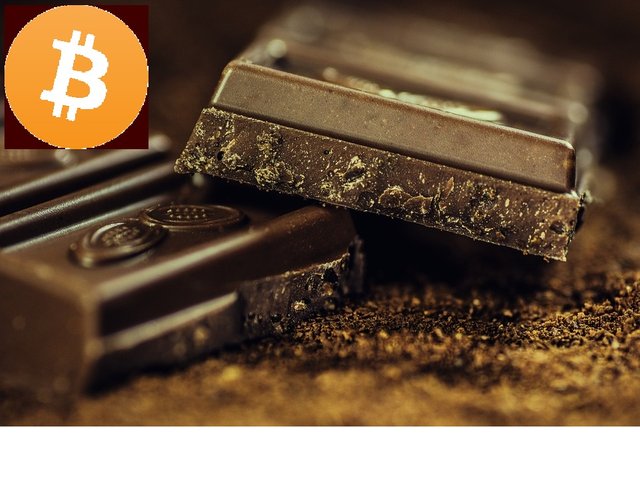
Cocoa Beans as (Crypto)currency?
Did you know that the cocoa bean, the main ingredient of chocolate, was used as a wide spread currency back in the day by the Mayans? Indeed, this was the case! The cocoa beans were so rare and hard to grow, that this scarceness made cocoa beans an ideal currency. The Cocoa bean currency was actually THE dominating currency of the Mayans. When the Spanish came around 1555 they even pegged Cocoa beans to their own currency, the Real.
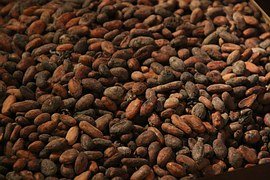
There was even a small monetary inflation built in due to the supply growth of cocoa beans as farmers started to plant more cacao trees. Do you see the resemblance to other common cryptocurrencies, such as Bitcoin, Ether, Dash and Steem? Mining can be seen as example of mimicking the growing of Cocoa beans.
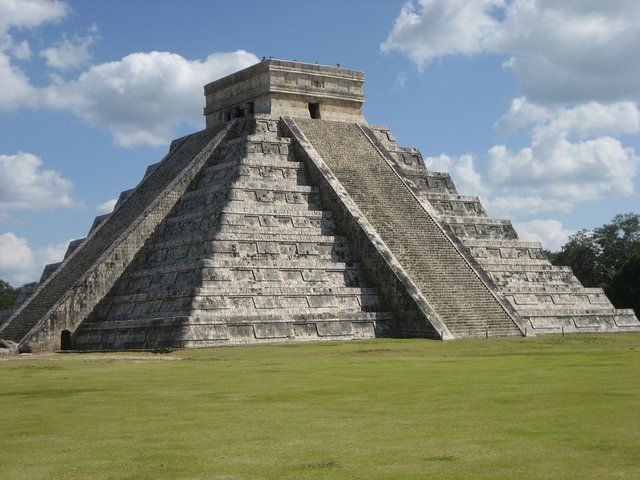
Can we revive this cool currency? Yes, blockchain makes it very easy to revive this currency today. For example we can use a public blockchain, such as Ethereum, and launch a currency using the Ethereum smart contract. You then back up this cryptocurrency with real Cocoa beans and embed this into the smart contract. This is in the same way DigixDAO did with gold. Their DGX token represents parts of gold. You can even earn transaction fees with the DGD token.
How much would a Cocoa bean currency be worth? Let’s call this coin “Cocoa Coin” and back up each coin with one real Cocoa bean. Each Cocoa bean weighs around 1 metric gram. At the current terminal market price for Cocoa beans of around 3000$ per ton, one bean is worth [3000/1000*1000] 0.3 cents. So one “Cocoa Coin” will be traded for around 0.3 cents. This could also allow regular people like you and me to even participate in Cocoa trading. There is nothing stopping us making this coin the next big thing. By the way, for a 100 g Chocolate bar one requires 88 Cocoa beans worth a total of 26.4 cents at current valuation.
The 40-40-40 Rule of Cocoa
Did you know that one Cocoa tree makes Cocoa fruits on average for about 40 years? At about four years old the Cocoa tree starts to make fruits. Each Cocoa tree produces about 40 Cocoa fruits; these are called “Cabosse”. And each one of these Cocoa fruits contains 40 Cocoa beans. As we learned before a 100g chocolate bar needs about 88 Cocoa beans. So one tree will give you enough Cocoa for around twenty 100g bars! Easy to remember.
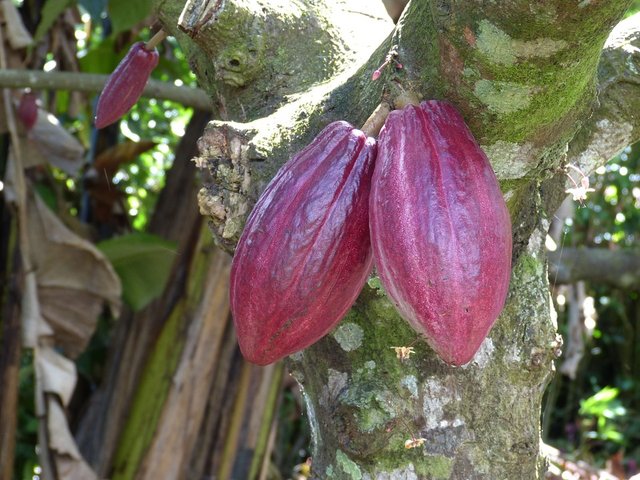
Is White Chocolate Real Chocolate?
Actually not. As white chocolate does not contain any cocoa mass or cocoa solids, it is not real chocolate. White chocolate is made from cocoa butter, sugar and milk solids as main ingredient. Cocoa butter is the fat soluble part of the cocoa mass and is not colored brown. You can obtain the butter by pressing cocoa mass (also called cocoa liquor) and separating this into Cocoa powder and Cocoa butter. Real chocolate is not white.
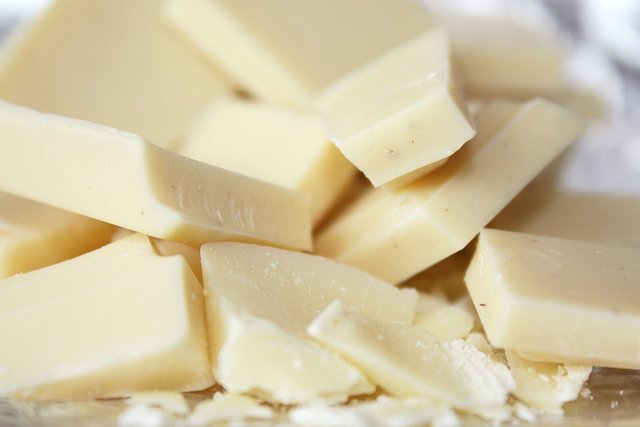
Chocolate Inventions out of Desperation turned into Multibillion Businesses
What makes chocolate great is that it melts around body temperature and thus perfectly in our mouth. But that means that when we touch chocolate, it will melt too. And we all all know how annoying it is when chocolate melts in our hands. Well M&Ms were invented to stop the chocolate doing exactly that! By coating chocolate M&Ms were first invented for the military to enjoy chocolate in the battle field. Well I am sure the soldiers were happy.
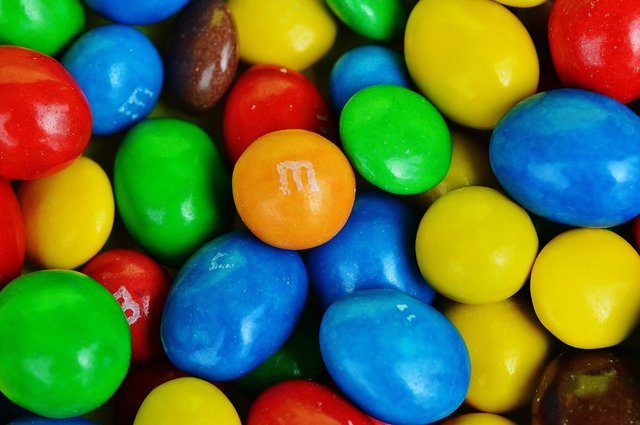
The Italians are notorious to be savvy business men. Once upon a time a pastry maker in Italy was running out of chocolate to serve his customers. To make his supply bigger he added hazelnuts to his chocolate. Smart movel. He now invented the famous and lovely spread Nutella. You better believe it!

First Chocolate as Drink?
The first consumed chocolate was actually in the form of a DRINK. The Mayans grinded Cocoa beans and mixed the resulting bitter mass with water. This drink was said to have given mystical powers and made consumers healthy. Later the Dutch improved the drink by treating the Cocoa with alkali. This made the drink taste more like chocolate and less bitter. This process is used until today.
Chocolate has Many Health Benefits and Improves Happiness
Dark Chocolate
No more excuses not to eat chocolate! Eating chocolate has been proven to be healthy by many scientific studies. Indeed it has been shown that eating dark chocolate every day can lower heart disease. The so called Cocoa Flavonoids help maintain the elasticity of our blood vessels. With this increased elasticity we can counter fight effects of bad food habits from modern society, such as eating high fat and high sugar products.
Tooth Friendly
Chocolate also contains anti-bacterial substances. These substances can keep bad bacteria in the mouth under control, which in turn prevents tooth decay. In fact cocoa extract have been shown to be even more effective than fluoride to prevent tooth decay. So next time when you have some chocolate, no need to feel guilty for your teeth. I still do not recommend to skip brushing your teeth.
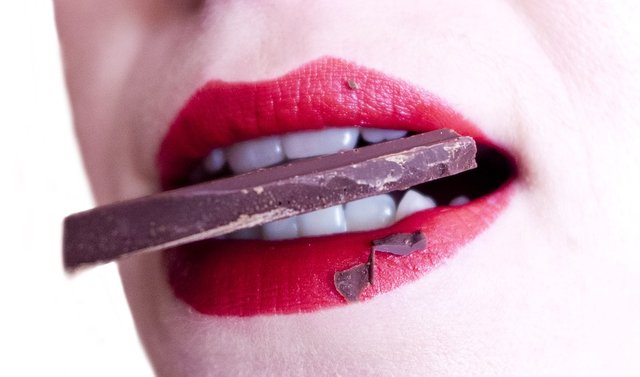
Happy Chocolate
Chocolate makes happy! Chocolate contains a substance, called tryptophan, which promotes the release of endorphins. Endorphins have proven to make us happy and are also realized when we are in love or perform sports. So chocolate can mimic the effects of falling in love or even exercising. Happy munching.
In this regard, let’s go grab a piece of dark chocolate!
If you liked this article, feel free follow me! Thanks.
We will hopefully see more best value food & drink products tokenized in the near future.
I would only buy those that I can trace from farm to table on the blockchain. This would potentially eliminate bad practices and slave labour that may be involved in the production of food. I am waiting to see...
#parmesancoin #vodkacoin #coffeecoin
Yes, indeed. Traceability is big trend and consumers are demanding it as well.
I believe long-term we will see more foods on the blockchain and trackable to the origins. Imagine scanning an article with your mobile phone and then knowing where the product and the ingredients come from - enabling to give back value to the best practice farmers ...
Soon we can have Keynes bancor
https://en.m.wikipedia.org/wiki/Bancor